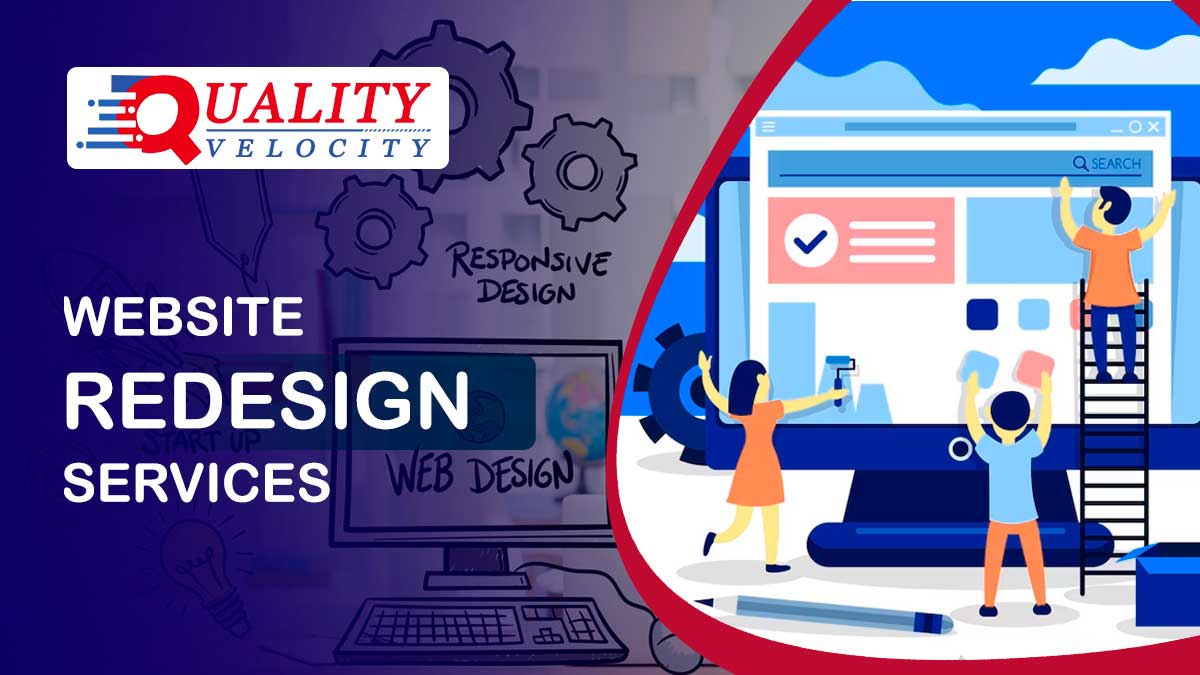Since you're here, it's likely that you're working with or at least contemplating a website redesign business. Perhaps your website looks obsolete and you believe it's time for a change, or maybe you want to rebuild the user experience to address a problem with sluggish traffic and declining conversions.
Whatever the reason, in our experience, redesigning a website may often resolve issues, but if done incorrectly, it can also wholly devastate a company (you can read a story about it below). This manual is intended to assist you in doing a successful redesign.
Before Web Designing You Need to Know, What Is Web Designing?
Web design is a crucial component of every organization. If web design is a weak aspect of any business, the firm won't be able to survive even if you put enough money into it.
But there are two marketing options available to us: offline and online. Offline costs more and is less efficient. This is why our experts will assist you with web design.
Website redesign services are offered by web design and development companies to help businesses and individuals update and improve their existing websites. A website redesign can involve various aspects, including design, functionality, content, and user experience. Here are some common services typically included in website redesign projects:
Responsive Design: Ensuring that the website is mobile-friendly and looks good on various screen sizes and devices, including smartphones, tablets, and desktop computers.
Visual Redesign: Updating the website's overall look and feel, including the layout, color scheme, typography, and graphics to create a modern and appealing design.
User Experience (UX) Improvement: Enhancing the website's usability and navigation to make it more user-friendly and intuitive for visitors.
Content Review and Optimization: Evaluating and improving existing content, including text, images, and multimedia elements, to make it more engaging and informative.
SEO Optimization: Implementing on-page SEO techniques to improve search engine rankings, including optimizing meta tags, and headings, and improving site speed.
Performance Optimization: Enhancing website performance by optimizing code, compressing images, and improving loading times to provide a better user experience.
Security Updates: Ensuring that the website is secure by implementing necessary security measures, including updating software and plugins.
Functionality Enhancements: Adding new features or functionalities to the website based on client requirements, such as e-commerce capabilities, contact forms, or content management systems (CMS).
Integration with Third-Party Services: Integrating the website with external services and APIs, such as social media platforms, payment gateways, or email marketing tools.
Testing and Quality Assurance: Rigorous testing to identify and fix any issues or bugs, ensuring the website functions correctly across different browsers and devices.
Training: Providing training to clients on how to manage and update their redesigned website, especially if it involves using a CMS.
Launch and Post-Launch Support: Assisting with the deployment of the redesigned website and offering ongoing support and maintenance services to address any issues or updates.
When seeking website redesign services, it's essential to choose a reputable web design and development agency or freelance web designer with a portfolio of successful projects. Clearly communicate your goals and expectations, and collaborate closely with the chosen service provider to achieve the desired results for your website.





